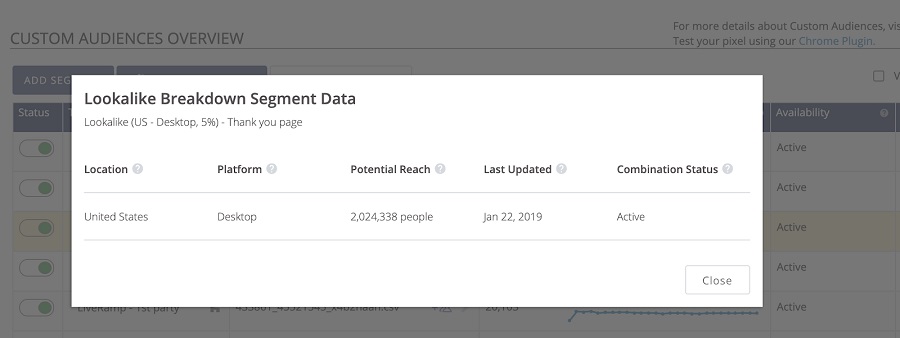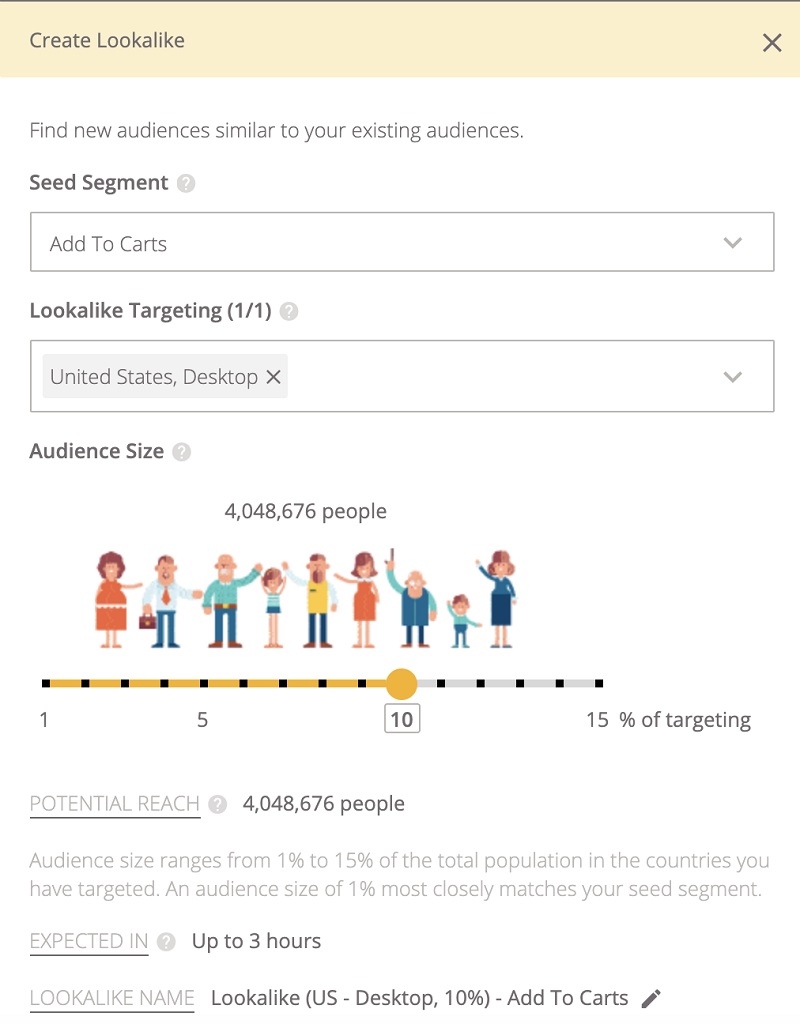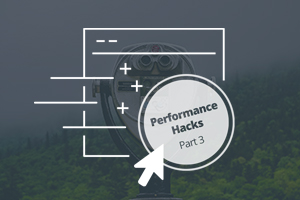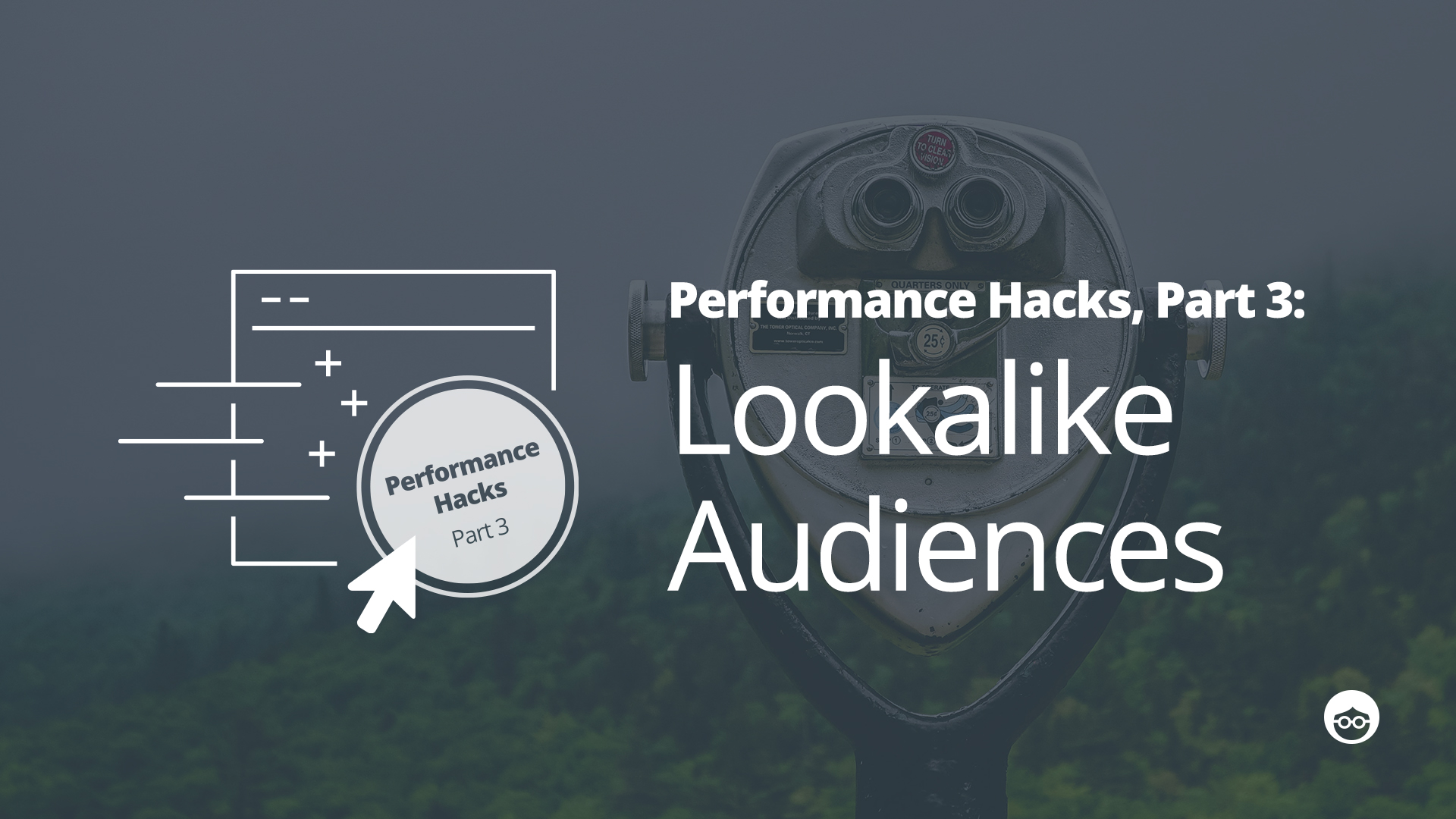Performance Hacks, Part 3: Are You Lookin’ At Me? Diving into Lookalike Audiences
What Are Lookalike Audiences and Why Should You Use Them?
Did you ever wish you could clone your top spending customers so they could continue to buy your product again and again?
Well, the day has finally come. Lookalike Audiences technology allows our algorithms to dynamically find users who look like and behave just like your ideal customer. Although it seems like magic – we promise – it’s not witchcraft!
Most performance marketing experts are sitting on a gold mine and they don’t even know it.
CRM and pixel data can be used to help businesses in all sorts of ways. Here are a few examples:
- Performance brands can use lookalike solutions to find new customers who have similar interests and behaviors as their top spending customers.
- Brands looking to spread awareness can create lookalike audiences of website visitors to find new users across the open web, who have a higher likelihood of interacting with their brand.
Lookalike technologies have been adopted by ad platforms big and small over the years:
- Facebook’s Lookalike solutions put their in-depth user profiles to work to find the most ideal customers across their feed.
- Google rolled out a ‘Similar Audiences’ solution that uses their data on search and shopping behavior to model ideal customers.
- Outbrain offers a unique lookalike solution based on our open-web network of publishers (See how Outbrain’s digital audience reach surpasses Facebook, Google & others in key global markets).
In this article, we’ll switch our focus over to Outbrain to see how our algorithms use real-time learning to find users who read, watch, and behave just like your ideal customers across our entire publisher network.
Here’s the nitty gritty:
Outbrain’s Lookalike Audiences technology harnesses our first-party data to understand how your customers are reading articles and watching video content across our vast open-web feed. Outbrain has a unique understanding of individual interests and can predict user behavior better than ever.
Let’s take a look at how performance marketers like yourself can take advantage of this unique targeting tactic!
How can performance marketers leverage advanced lookalikes tactics?
Performance marketers can create Lookalike Audiences one of two ways:
1/ Create custom audiences that collect data from your website by placing an event pixel on unique pages. The pixels will start to collect data which you can then use for your Lookalike Audiences. These custom audiences can range from simple website visitors to more complex audience pools, such as cart abandoners or high-value purchasers.
This solution is recommended for users looking to build a dynamic audience, meaning the audience updates as new users reach your website. The audiences will refresh depending on your look-back window (typically 30, 60, or 90 days).
Once your audience is set up – choose your most valuable segment (like your purchasers) and create a lookalike of them. We also recommend testing different variations of Lookalike Audiences, such as website visitors vs. people who’ve viewed a product page.
- To build this type of audience, checkout our instructions on how to create custom audiences.
2/ Another option is to create custom audiences from CRM data or your first-party data by uploading your high-value audiences through our DMP partner, LiveRamp. This option allows you to take advantage of previously collected customer data.
This audience type is static, meaning you have to refresh the audience manually through LiveRamp in order to update the list with your most recent customers. CRM audiences are typically best used as a solution for new Outbrain users who do not have pixel data collected, but already have a strong list of past customers. (Psst! There’s a slight fee associated for building Lookalike Audiences from first-party data.)

Once your audience is set up, open a new campaign to start testing! You can test different seed audiences (cart abandoners, converters, first-party data, or pixel data) to understand which audience offers the best results.
- 💡Pro Tip: Test, Test, Test! You’ll never know which size audience or seed audience works best until you test them out. Open a few campaigns with different audience types to see which offers the best results.
You can also test different size Lookalike Audiences ranging from 1% of our network up to 15% of our network. Performance marketers will want to balance the size of the audience with the relevancy of the audience for cost purposes (smaller audiences tend to be more expensive to reach!).
For example, a 1% Lookalike Audience is comprised of 1% of our entire consumer-base that most looks like your customers. This audience tends to be on the smaller side as it’s built off a complex list of interests and behaviors (typically 1-2MM users). Smaller audiences are often more competitive as you tend to go head-to-head with other marketers looking to serve ads to the same consumers.

A larger Lookalike Audience, let’s say 10% of our entire network of consumers, will be more cost-efficient as less marketers are competing for a small list of users. Instead, there are more consumers in the audience and more placements available for ads to be served.
So, when should you use different audience sizes? If you’re looking to hone in on your top audience and willing to spend a bit more to reach them – we recommend going with the first 1% of your audience, to start. If you’re looking to have a cost-efficient campaign and scale your audience – we recommend starting with 5-10% lookalikes for best results.
- 💡Pro Tip: Smaller audiences will be more expensive to reach so we recommend launching with a 25% higher CPC than average to reach lower percentage lookalikes.
Looking for Tips & Tricks?
- Be sure to use a large enough seed audience to ensure our algos have the best change at successfully matching consumers in our network (we recommend starting with a minimum of 500-1,000 users).
- If you don’t have 500 users who have added to cart of purchases, then set up an audience for website visitors, which usually does the trick! Once you collect enough data on add-to-cart purchasers, you can update your Lookalike Audience.
- Keep in mind that overlap between Lookalike Audiences exists. If you are targeting a 5% audience and a 10% audience, the 10% audience includes the 5% audience. You can consider excluding one from the other if necessary.
Now that you’re equipped with some fresh performance hacks, get into the dashboard and start optimizing, or if you’re new to Outbrain, contact us to get started on a new campaign.
And stay tuned for next month’s article in the Performance Hacks series, fresh off the press with hot tips and hacks for performance marketers on Outbrain.
Scroll up and subscribe to our blog to get our top blog posts straight to your inbox.



